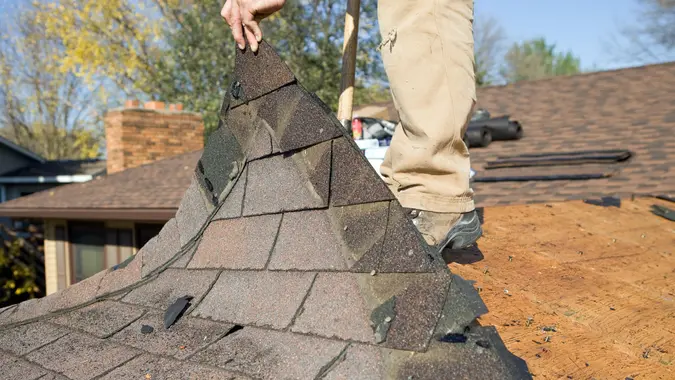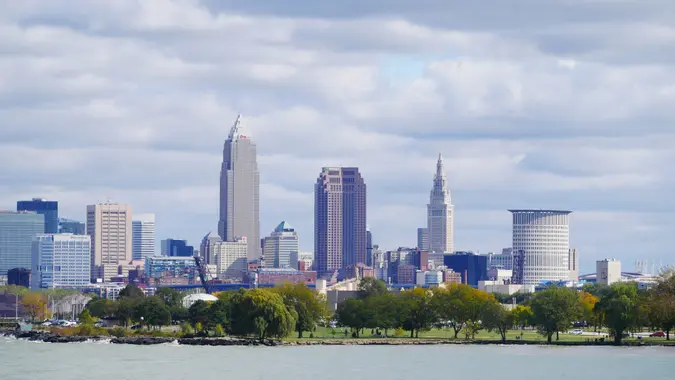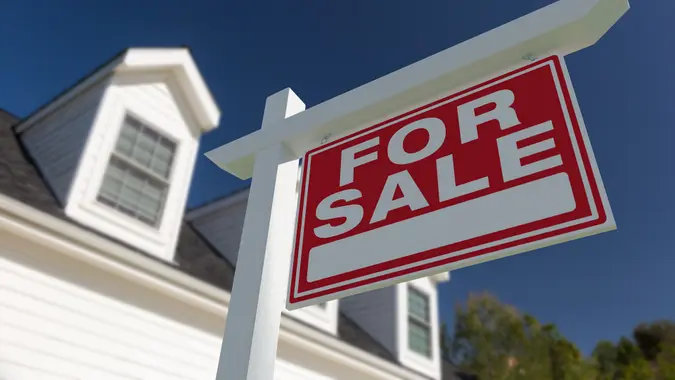Nobody Tells You These 3 Things When You Buy a House — but They Could Save You Thousands

Commitment to Our Readers
GOBankingRates' editorial team is committed to bringing you unbiased reviews and information. We use data-driven methodologies to evaluate financial products and services - our reviews and ratings are not influenced by advertisers. You can read more about our editorial guidelines and our products and services review methodology.

20 Years
Helping You Live Richer

Reviewed
by Experts

Trusted by
Millions of Readers
A house is the single biggest purchase you’ll likely make during your lifetime, and you can expect to spend decades paying for it. The national median list price for homes is $439,450 as of July 2025, according to Realtor.com. That doesn’t even include numerous other costs associated with buying a home, such as mortgage interest, insurance, property taxes, repairs, upkeep, furnishings and homeowners association fees.
With so much money at stake, you don’t want to make the purchase even more expensive by ignoring factors that could move the cost even higher. In many cases, you won’t hear about these factors from sellers or Realtors.
Here are three things nobody tells you about when you buy a house, but learning about them on your own can save you thousands of dollars.
Also see Rachel Cruze’s nine-step guide to buying a house in 2025.
Future Developments
Buying your house near a future development can boost its value — as long as it’s the right kind of development, such as schools, medical offices and retail centers.
But the wrong kind of development — like a large manufacturing facility or busy highway — can knock many thousands of dollars off a home’s future resale value. These types of projects might spend years in the planning stage with little public discussion, and you can be pretty sure that you won’t hear about them from sellers and Realtors.
An article from the Family Handyman recommended researching future developments near your desired neighborhood by looking at agendas from the local city council, county commission, and planning and zoning board.
Timing Matters — a Lot
The time of year you buy a house can make a huge difference in how much you end up paying for it. As a general rule, it’s better to buy during the winter and avoid peak seasons like spring and summer, when you’ll face much more competition.
Just don’t expect anyone to volunteer this information when you start house hunting — especially Realtors who represent sellers. Even Realtors who represent you as the buyer might not advise you to hold off until the market cools down. You represent a potentially big payday, and the sooner you sign the deal, the better for them.
How much can you save by waiting for the right time to buy? According to an analysis from HomeLight, here are the estimated savings from certain large U.S. markets:
- Los Angeles: You can save an estimated 3.47% by buying in January.
- Boston: Save an estimated 3.6% by buying in February.
- Houston: Save an estimated 6.52% by buying in January.
- Chicago: Save an estimated 7.64% by buying in January.
- Seattle: Save an estimated 8.89% by buying in January.
Special Assessment Taxes
In real estate, a special assessment tax is another property tax that’s assessed by your local government, which is used to pay for property and neighborhood improvement projects, according to Rocket Mortgage. You’ll get stuck paying it if you don’t learn about it ahead of time — and chances are you won’t hear about it when you’re buying a home.
In fact, special assessment taxes are among the things listed by Southern California Realtor Jose Sepulveda in a YouTube video titled, “6 Things NOBODY Tells You When Buying a House.”
“Special assessment taxes are not on every house, but they can be added to some taxes,” Sepulveda said. “They’re designed to help pay for things such as the construction of sewers, or maybe the construction of sidewalks or … parks … If a house does have a special assessment tax, fortunately it’s only usually attached to the house for a set number of years after the house was built.”
 Written by
Written by  Edited by
Edited by 

























